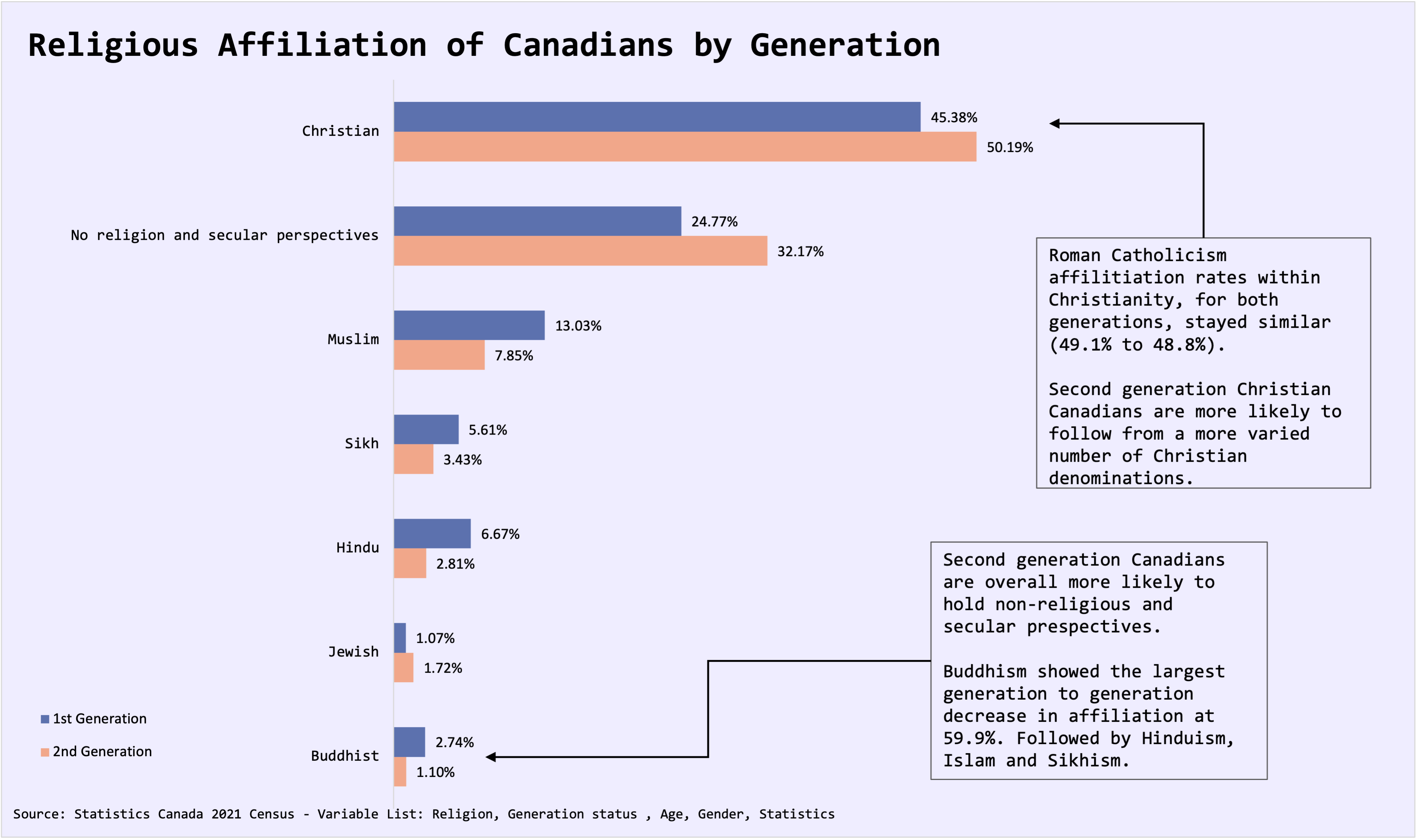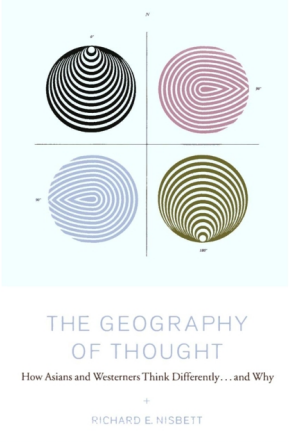Dhamma Talk Video 103: Sampajañña as Proximate Context
Here’s a 58-min recorded video Dhamma Talk (134MB .mp4).
Topics:
- Sampajanna, sati, Saṭī, mindfulness, circumspection, suitability to time and place, awareness of role within a physically-located group, seclusion, Social roles, competency, longevity of Buddhism, modern trends in Canadian Buddhism, cultural differences, getting the children of immigrants to attend services Buddhist Temples, patterns in child-rearing in families, “pay it forward”, “pay it backward”, psychology, subsystems, layers, holistic view, Confucian saying: “Petty Man focuses on the details, Great Man sees the big picture”
Dhamma References:
- AN 8.36 - “Activity”
Past Dhamma Talks Referenced:
-
“Blessings of Modernity, and the Impact of Science on Buddhism” - where I briefly explained the differences between “Tight” and “Loose” cultures
-
“Samaṇa Sañña - Shaman Perception” - on the topic of how a natural “Awareness of Space”, as an integral part of the lifestyle, would have come more easily to ancient humans
-
“Friends, Space meditation” - on the topic of “Element of Space” meditation
Other References:
-
Infographic on “Religious Affiliation of Canadians by Generation”, source is Statistics Canada, 2021 Census:

-
Quotations from the book “The Geography of Thought” - by Richard E. Nisbett:
“…modern Asians, like the ancient Chinese, view the world in holistic terms: They see a great deal of the field, especially background events; they are skilled in observing relationships between events; they regard the world as complex and highly changeable and its components as interrelated; they see events as moving in cycles between extremes; and they feel that control over events requires coordination with others. Modern Westerners, like the ancient Greeks, see the world in analytic, atomistic terms; they see objects as discrete and separate from their environments; they see events as moving in linear fashion when they move at all; and they feel themselves to be personally in control of events even when they are not. Not only are worldviews different in a conceptual way, but also the world is literally viewed in different ways. Asians see the big picture and they see objects in relation to their environments—so much so that it can be difficult for them to visually separate objects from their environments. Westerners focus on objects while slighting the field and they literally see fewer objects and relationships in the environment than do Asians.”
On “The Field”:
“The Chinese tendency to focus on relationships in a complex, interconnected field is exemplified by the practice of feng shui, still continued in the East. When some-one wishes to build a building, it is essential to call in a feng shui master. This person takes account of a seemingly limitless number of factors such as altitude, prevailing wind, orientation toward the compass, proximity to various bodies of water, and gives advice on where to locate the structure. This practice has had no real counterpart in the West, but the most modern skyscraper in Hong Kong will have had its feng shui workup before being built.
The Chinese conviction about the fundamental relatedness of all things made it obvious to them that objects are altered by context. Thus any attempt to categorize objects with precision would not have seemed to be of much help in comprehending events. The world was simply too complex and interactive for categories and rules to be helpful for understanding objects or controlling them.
The Chinese were right about the importance of the field to an understanding of the behavior of the object and they were right about complexity, but their lack of interest in categories prevented them from discovering laws that really were capable of explaining classes of events. And for all that the Greeks tended to oversimplify and to be satisfied by pseudo-explanations involving nonexistent properties of objects, they correctly understood that it was necessary to categorize objects in order to be able to apply rules to them. Since rules are useful to the extent that they apply to the widest possible array of objects, there was a constant “upward press” to generalize to high levels of abstraction so that rules would be maximally applicable. This drive toward abstraction was sometimes—though not always—useful.
The Greek faith in categories had scientific payoffs, immediately as well as later, for their intellectual heirs. Only the Greeks made classifications of the natural world sufficiently rigorous to permit a move from the sorts of folk-biological schemes that other peoples constructed to a single classification system that ultimately could result in theories with real explanatory power.”
“The Chinese had to look outward toward their peers and upward toward authorities in the conduct of their economic, social, and political lives. Their relations with others provided both the chief constraint in their lives and the primary source of opportunities. The habit of looking toward the social world could have carried over to a tendency to look to the field in general; and the need to attend to social relations could have extended to an inclination to attend to relations of all kinds. As social psychologists Hazel Markus and Shinobu Kitayama put it, “If one perceives oneself as embedded within a larger context of which one is an interdependent part, it is likely that other objects or events will be perceived in a similar way.” “Folk metaphysics”—beliefs about the nature of the social and physical world—would therefore both have been generated by one fact: the Chinese were attending closely to the social world.”
“…the evidence on causal attribution dovetails with the evidence on perception. Westerners attend primarily to the focal object or person and Asians attend more broadly to the field and to the relations between the object and the field. Westerners tend to assume that events are caused by the object and Asians are inclined to assign greater importance to the context.”

-
Full moon on Sat. Feb. 4th, Taiping, Malaysia:

Subscribe:
- RSS feed of these postings: https://bhikkhu.ca/feed.xml (Paste this link into your favorite Podcatcher)
License:
Digital Signing and Checksum (of the .mp4 video file above):
- GnuPG signature: Ajahn_Subharo_Dhamma_Talk_Stream_103.mp4.sig; search for GnuPG pubkey 0x28e15963710c0624 here.
- SHA256sum: 6757c239efa5dd6d1a9c4743db4ee217dec78cceffaaf949c194abfed6d4e502